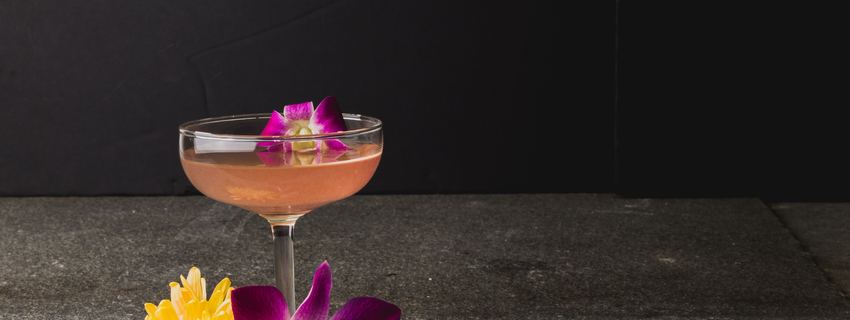
Photo Credit - LilyBanse/Unsplash
Scotch in the winter, vodka in the summer, and everything in between during the fall and spring. Whether its a new appetizer or a cocktail special, ever since Joe Baum opened the Four Seasons in 1959, the idea of a seasonality, “creating food and drinks that pair with the atmosphere of a given season” has long been a driver of bars and restaurants’ menus all over the world.
Seasonality today comes in all forms: a hot drinks menu in the winter, butternut squash in the fall, sangria specials in the summer, and beets and artichokes in the spring. For years now, with good reason, food and drink menus have reflected this seasonality. However, is seasonality always defined by flavor, or can it be defined in other means?
Flavors like blood orange, pomegranate, honey, citrus, and products like scotch, bourbon, cognac, rye, and cider are traditionally considered to be fall and winter seasons, but couldn’t they also be used in summer and spring cocktails?
Given the skill level of so many chefs and bartenders in today’s hospitality landscape, along with the steady availability of so many ingredients, seasonality has the ability to take on a new meaning. Think of the potential of using texture, temperature, and types of ingredients to represent a season, instead of just traditional flavors. A great example is how the Artesian at the Langham Hotel in London won best bar in the world 4 years in a row, however, only changed their menu once a year, not 4 times.
At the end of the day, seasonality does work on a menu. Every bar, even those that don’t change often, will design menus that have features both for warmer and colder weather months. Still, that doesn’t mean that skilled individuals can’t challenge the status quo and use scotch in the summer and vodka in the winter. Traditional and non-traditional base ingredients alike can be paired with flavors for all types of new “seasonal” features. After all, there was a day before the Four Season’s opened, which is why like the seasons, the only constant is change.


